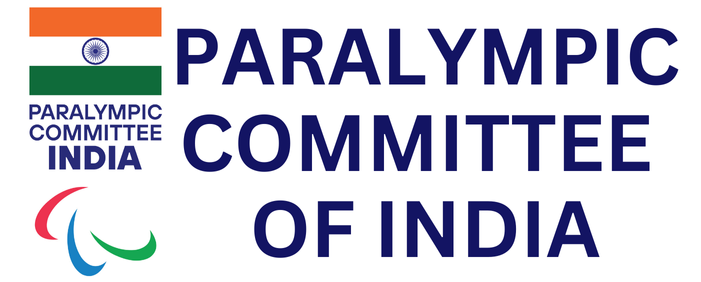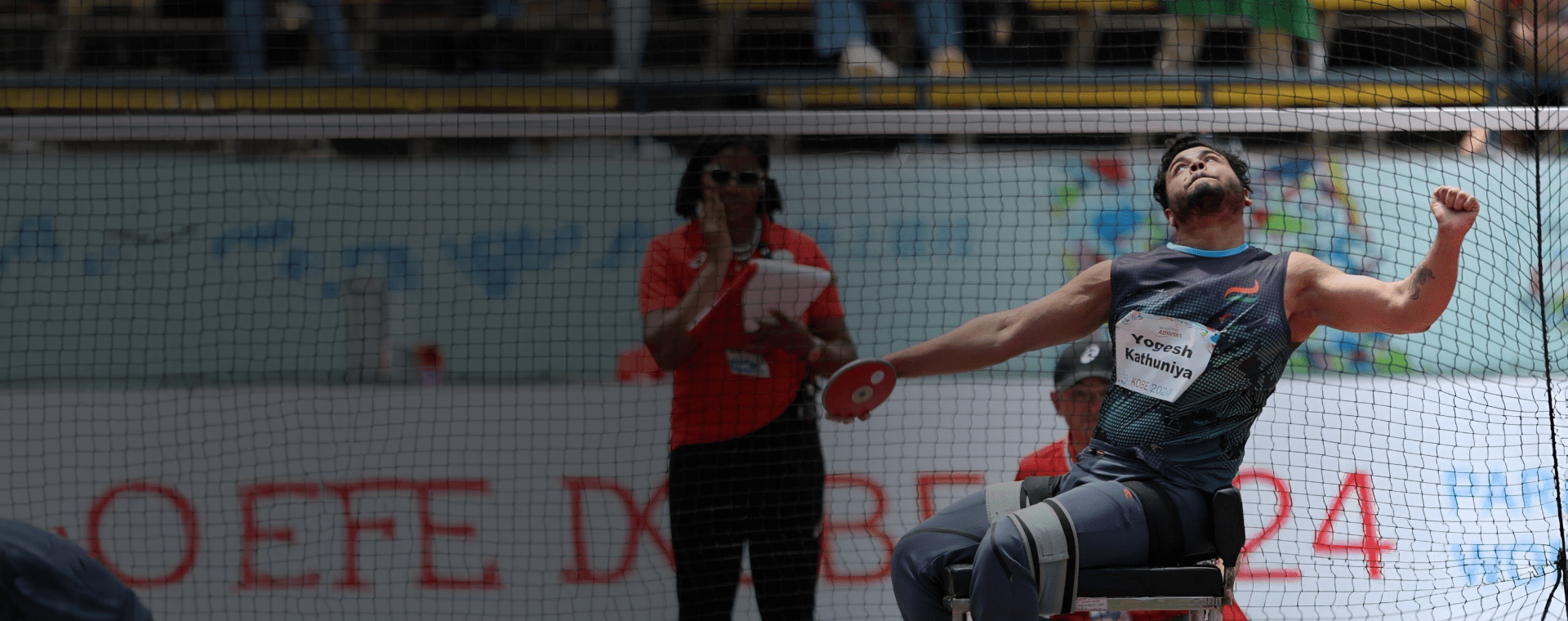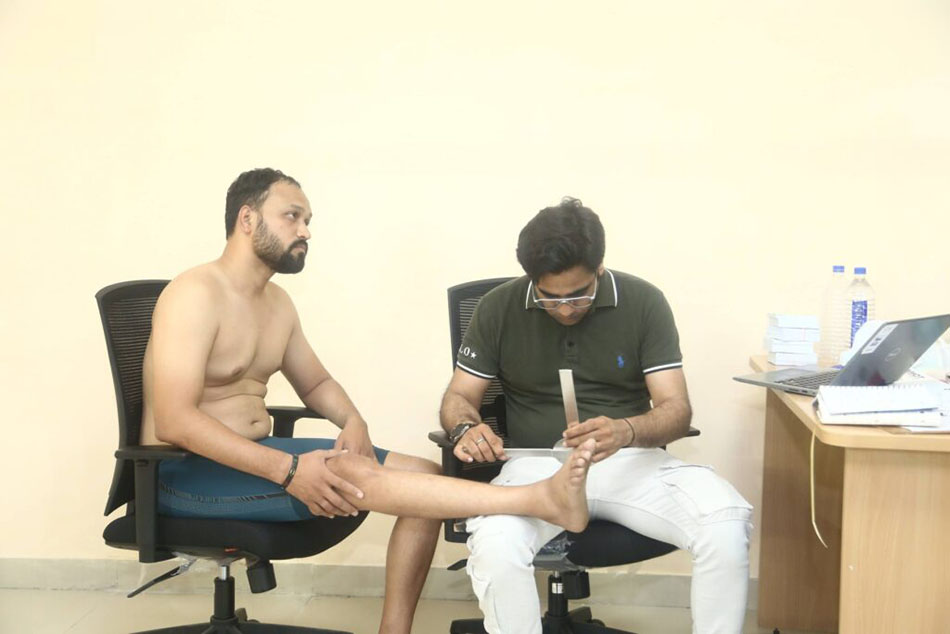Classification in Para athletics is a process used to determine which athletes are eligible to compete in the sport and to group athletes for competition based on the extent of their impairments. The goal is to minimize the impact of impairments on performance, ensuring fair competition.








No Comments
Sorry, the comment form is closed at this time.